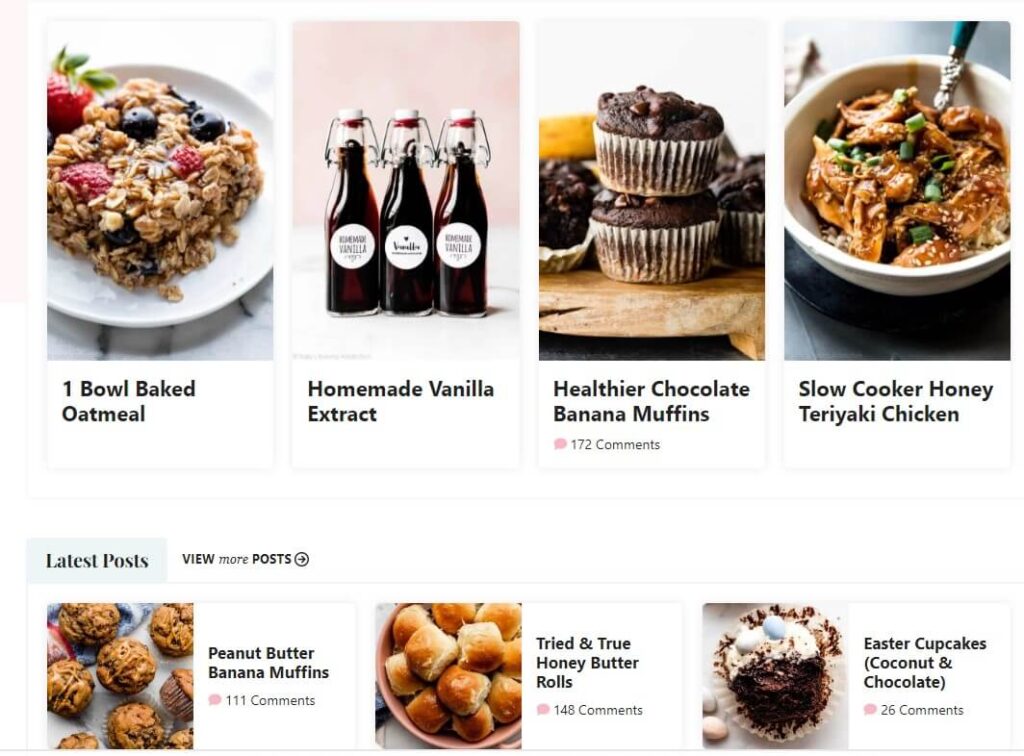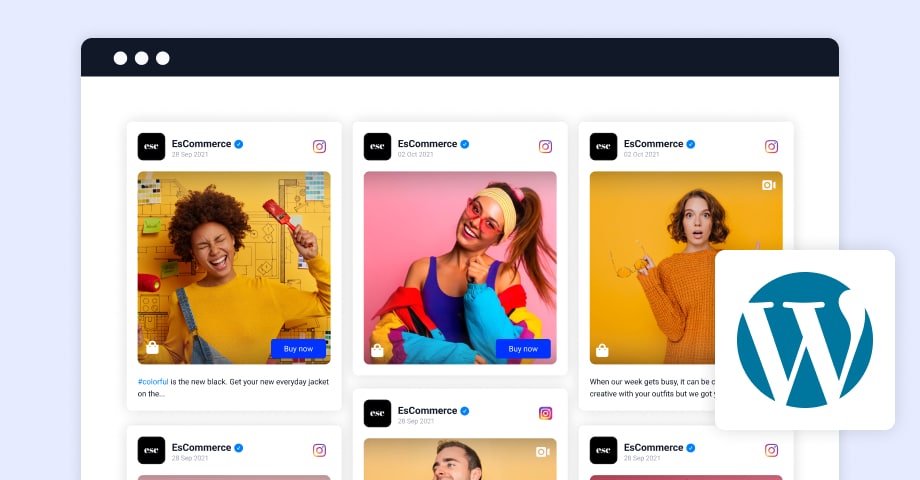 You’ve heard all the claims the marketing gurus make about building email lists quickly. In fact, you’ve heard so many claims you wonder if any of them are true.
You’ve heard all the claims the marketing gurus make about building email lists quickly. In fact, you’ve heard so many claims you wonder if any of them are true.
Well, this claim is real, verified by online articles at the Wall Street Journal and Forbes, not to mention a profile on CBS News.
Not only did 33-year-old Mike Dubin of Dollar Shave Club gather 25,000 subscribers in one week–he lined up the first 12,000 of them in just 48 hours.
There’s more. Dubin’s list members gave him their credit card information and physical addresses, too. And they pay him between $3 and $9 (or more) every month.
Sounds like bull-hockey, doesn’t it?
What if I told you that today, by the end of Dubin’s first full year in business, he has over 200,000 site members paying him an average of no less than $4 each per month?
You Can do the Math
You’re probably thinking, “There must be some trick to this, right?”
Yes and no. It took some work.
Backtrack to a party in 2011. Mike Dubin and co-founder Mark Levine met there and ended up talking about shaving. Both agreed they hated shopping for razors. Now, Mike’s a marketing guy, and Mark knows manufacturing. They put their heads together to create a plan.
Dubin and Levine spent just over one year lining up their ducks.
They came up with about $45,000 in start-up funds, then raised another $100K through a Los Angeles-based business incubator. Before they launched Dollar Shave Club in March of 2012, they had convinced some big-hitter venture capital firms to put up another $1 million investment.
Don’t Throw Your Hands up in Frustration Just Yet.
You don’t need a million dollars. These guys went big and they did it quickly. They built a great little website and lined up international manufacturing for their product. They hired five employees and a PR firm to get the word out.
But they also left behind a roadmap for online marketing that any of us can follow, even without that pile of cash.
They did three things we all can do:
● They found their target audience’s pain point and created a product offer to end that pain.
● They created a simple landing page to perfectly demonstrate and sell their solution.
● They launched their product with a single smart and powerful video pitch.
Do Any of These Ideas Sound Familiar to You?
If you’ve been following the advice on Mirasee, or taken any of Danny Iny’s audience-based business training, you’ve come across crucial steps like these before.
Let’s take a closer look at Dollar Shave Club’s (DSC)’s marketing strategy.
First, you have to know your Ideal Customer intimately. For DSC, Mike and Mark targeted “guys who shave with razors.” That’s a big market (over $10 billion annually, worldwide), but it’s already dominated by an elite club of major players like Gillette, Bic, and Schick. Still, in huge markets there’s often room for innovators.
Next, you need to identify your prospective clients’ pain point. What bugs the heck out of your would-be customers?
Dubin and Levine agreed on “Hate shopping for razors. Hate running out of them,too.” There was no way DSC could compete head-to-head on price, shelf-space, selection, or mainstream media marketing. But convenience? Maybe they had something there!
It’s one thing to know what ticks off your audience. The question becomes, how can you cure that pain? You have to offer a viable solution that your potential customers can relate to, with an offer convincing enough to get them to sign up.
Now, What Marketing Professional Doesn’t Love a Great, Affordable Subscription Plan?
Selling once-and-done products can be tricky, even when you have an amazing offer. If your product cures your customers’ biggest gripe in one swoop, what do you do next?
However, if the cure you provide has to be ‘re-applied’ once each month–now there’s a plan! Dubin and Levine decided to offer their subscribers a way to order their razors monthly at a price point that would actually save them some money.
“I hate shopping for razors, and I keep forgetting to buy more” leads to “My razors come to me every month for one low price.” Brilliant!
“Dollar” shave club doesn’t actually offer anything for a dollar a month. You have to pay shipping and handling on that lowest-price offer. So, $3 a month. Still, that’s a very affordable offer for a razor and blades. Many DSC customers, for instance, report spending about $20 a month previously.
Notice you can spend more, if you want to–The Up-sell. DSC is clear and upfront about this, a smart approach. Using three core price-points gives potential customers an easy way to resolve the classic “good, better, best” decision. Some will stay low, others buy high, and the rest choose the middle as just right.
To make this happen, Levine lined up low-cost manufacturing and Dubin went to work creating a fun and reliable brand. They had a product and a concept. Next they needed to engage their potential customers to create conversions.
Branding and Engagement can be the Hardest Parts.
You have to find a way to deliver your message to your target market. DSC was far too small to launch a nationwide print, radio and television campaign. That takes tens of millions of dollars.
Today’s marketing world offers a low-cost alternative: Social Media. That’s not to say that using services like Facebook and Twitter is simple. However, one of the basic rules is: Find out where your Ideal Customer hangs out, and go there.
Dubin chose a YouTube video as his key media because he knew his early-adopters (men, 18 to 35, of moderate income) love to hang out there watching funny videos. To succeed, he had to make his message authentic, creative, and humorous.
Have you watched the video?
While you won’t find any dancing kittens, you will find plenty of smart content. Dubin used his improv background to craft an authentic, creative, and humorous advertisement. He’s included a forklift, employee antics, and a bear. What fun!
And his key slogan is spectacular: “Our blades are f**king great!”. How many times do you suppose that one small bit of copy led to “dude, you gotta see this video!”?
Just Getting People to Watch Your Video Isn’t Enough
If it was, we’d all own adorable kittens. One way or another, you have to take your campaign’s leads and convert them into customers.
That’s where outstanding landing page design and good conversion techniques come into play.
Take a look at Dollar Shave Club’s landing page (the key to gaining all those subscribers), and see which lessons you can use.

- Distinctive, simple logo and site name. “Dollar + Shave + Club” Perfect!
- Catchy but clear tagline: “Shave time, shave money” Check. Message delivered.
- No-baloney sales pitch (the headline): “A great shave for a few bucks a month”. Got it? Of course you do!
- Evocative graphics or sales copy. Tough to improve on Mike’s 94-second video.
- Obvious and convincing Buy Button: “DO IT”. Pretty good, huh?
- Product image and Offer explanation: two very basic graphics. Done.
- Social proof: Likes and Followers displayed. Customer testimonials, easy to find and read. “As seen on” list offered plainly, without fanfare. (Use whatever you’ve got!)
What Else did Mike Dubin do Well?
He brought a background in marketing and branding to the table. You can do this, too, by doing your research on the basics and learning from experts like Danny Iny. It’s not magic, and you don’t need sleazy sales tactics, trickery, or luck.
He played to his strengths.
Dubin is likable, sincere, and funny. These traits empower his message and portray him as a guy you can trust.
When you believe in your offer and don’t take yourself too seriously, you invite your audience to bond with you. Every successful sales story involves a personal relationship between brand and buyers. (Over 100,000 people attended Henry Ford’s funeral, despite the fact that he was an eccentric curmudgeon!)
Dubin focused on the benefits of his program without dwelling on the features. Notice how little time he spends talking about multi-blade razors.
Mike and his team took on The Big Boys, in spite of what look like impossible odds. Gillette already owns over 65% of the world’s $13 billion men’s shaving market (Euromonitor International). How could a little guy hope to compete?
That’s where Niche Marketing comes in.
Even a tiny slice of a huge pie can give you with a comfortable living. Smart entrepreneurs still make millions selling burgers, despite the power of McDonald’s and Burger King, for instance. Dollar Shave Club can win big with just a couple points of market share.
Which Brings us Back Full Circle to the Beauty of a Subscription Customer Model
The big players use brute force and high-priced shelf space to make their sales. Dollar Shave Club, on the other hand, only has to convince each customer once to sign up in the first place. Of course, after that they have to provide a solid value and top-notch customer service–but don’t we all?
Choose your niche wisely. Identify your target customer and their key pain points. Create a strong and valuable offer to fix the pain. Get the message out there, using creativity and authenticity. Build a brilliant landing page and support system to convert browsers into buyers.
Do all of those things right, and your business can make headlines, too!
What do you think of monthly subscription plans? In the comments, tell us about an interesting product or program you pay for monthly–or one you offer using this model.



